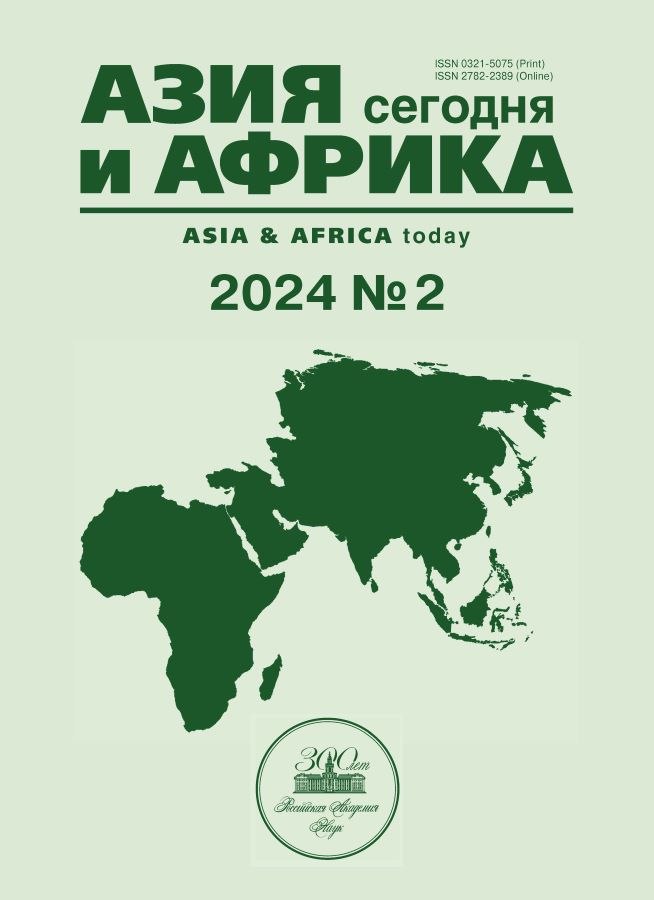From Ecotowns to Supercities: Low-Carbon Cities in Japan
- Authors: Tikhotskaya I.S.1
-
Affiliations:
- Lomonosov Moscow State University
- Issue: No 2 (2024)
- Pages: 32-40
- Section: Politics, economics
- URL: https://rjmseer.com/0321-5075/article/view/647375
- DOI: https://doi.org/10.31857/S032150750030058-5
- ID: 647375
Cite item
Abstract
One of the most important issues of urban planning is to achieve comfort and realize the benefits of urban life without increasing the burden on the environment. In Japan, where almost 30% of the citizens are already over 65 years old, more than 93% of the population is concentrated in cities, which means challenges for urban planners. This paper analyzes the evolution of the concept of eco-cities, from the Eco Town (1997) and Eco Model City (2008) projects to the governmental FutureCity program (in Japanese 環境未来都市 – Green Future Cities) and Smart Cities (both 2011), and Supercities (2020). The author shows that with all the distinctive features of the cities of the different projects and inside them, they all present clear examples of model eco-cities relying on local resources to achieve low-carbon development and create sustainable economic and social systems to comfortably accommodate a rapidly aging population that is often hit by natural disasters.
About the authors
Irina S. Tikhotskaya
Lomonosov Moscow State University
Email: iritiro@gmail.com
ORCID iD: 0000-0002-1534-0505
PhD (Economics), Associate Professor, Department of Social Economic Geography of Foreign Countries, Faculty of Geography Moscow, Russia
References
- Guangfu L., Jingmei R. Research on the Eco-towns in Japan based on recycling perspective and the apocalypse to China. Proceedings of 2013 IEEE International Conference on Service Operations and Logistics, and Informatics. Dongguan, China. 2013. Pp. 205–210.
- Okubo H., Shimoda Y., Kitagawa Y., Irisa M., Gondokusuma C., Sawamura A., Deto K. Smart communities in Japan: Requirements and simulation for determining index values. Journal of Urban Management. 2022. Vol. 11, Iss. 4. Pp. 500–518.
- Saraff Emma. Local Decarbonization in Japan. Municipalities, regions and clusters on the road to carbon neutrality. Minerva. 2021. 147 p.
- 地方創生SDGs. (In Jap.). https://future-city.go.jp/sdgs/ (In Jap.) (accessed 20.12.2023)
- Тихоцкая И.С. Японская инновационная концепция рециклирования ресурсов. Вестник Московского университета. Серия 5: География. 2010. № 4. c. 61–66.
- Тихоцкая И.С. Японская концепция общества с устойчивым материальным циклом. Вопросы экономической и политической географии зарубежных стран. Смоленск, 2009. с. 215–227.
- Van Berkel R., Fujita T., Hashimoto S., Geng Y. Industrial and urban symbiosis in Japan: Analysis of the Eco-Town program 1997–2006. Journal of Environmental Management. 2009. Vol. 90, Iss. 3. Pp. 1544–1556.
Supplementary files










